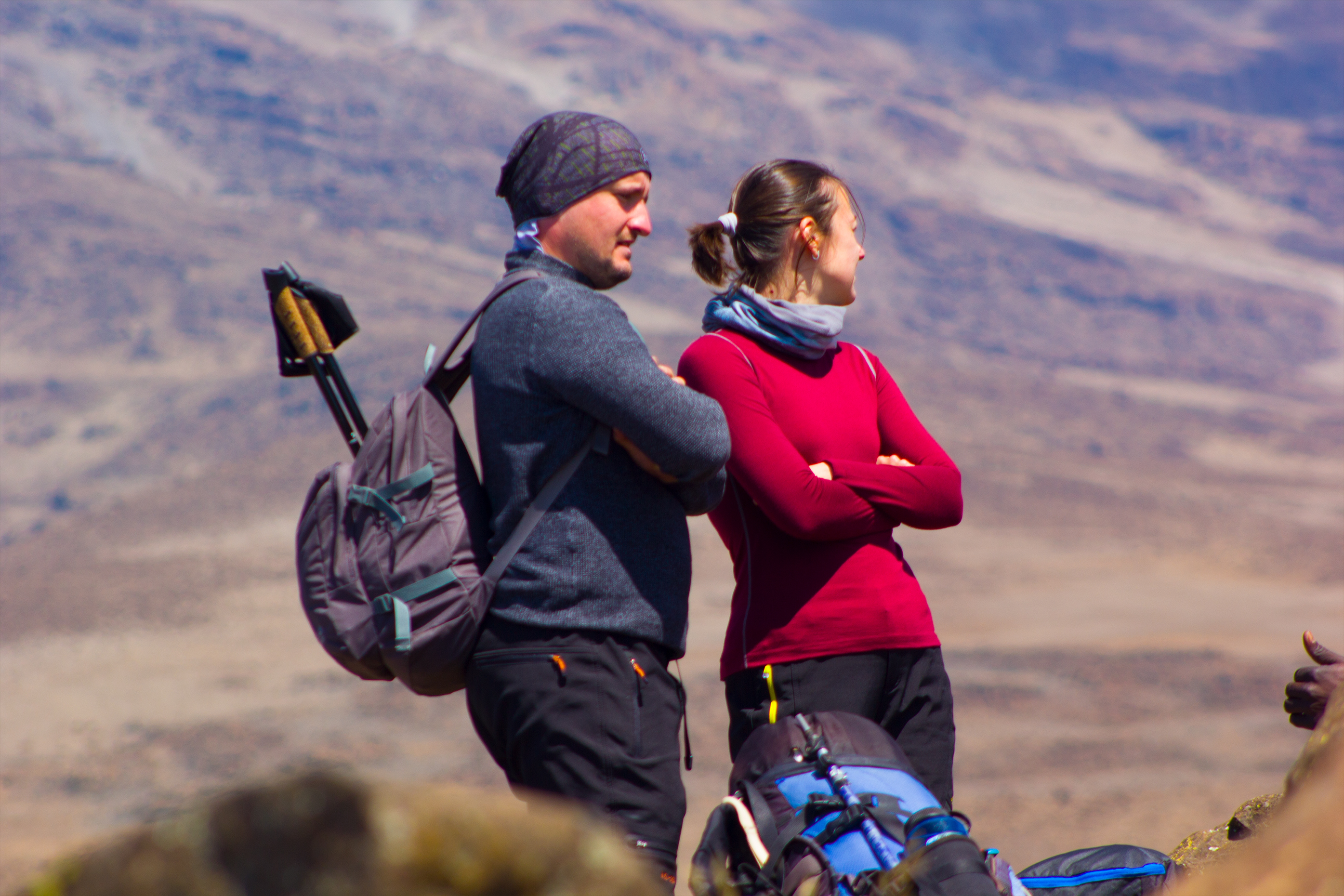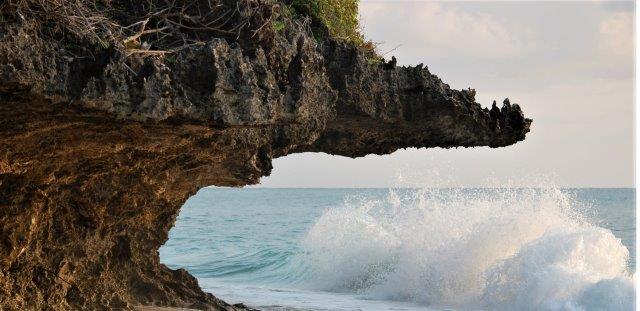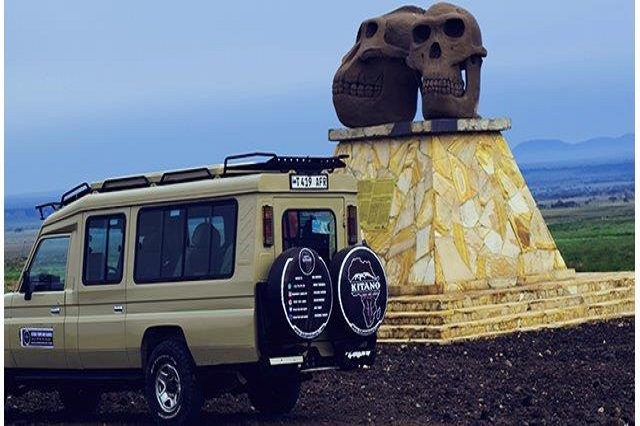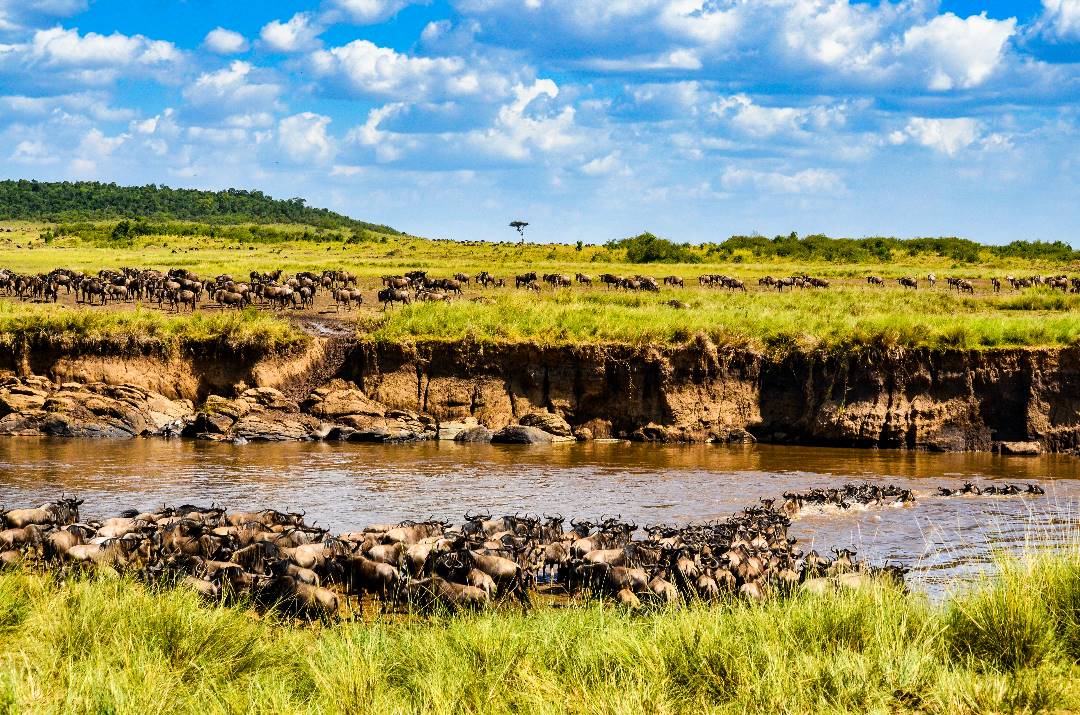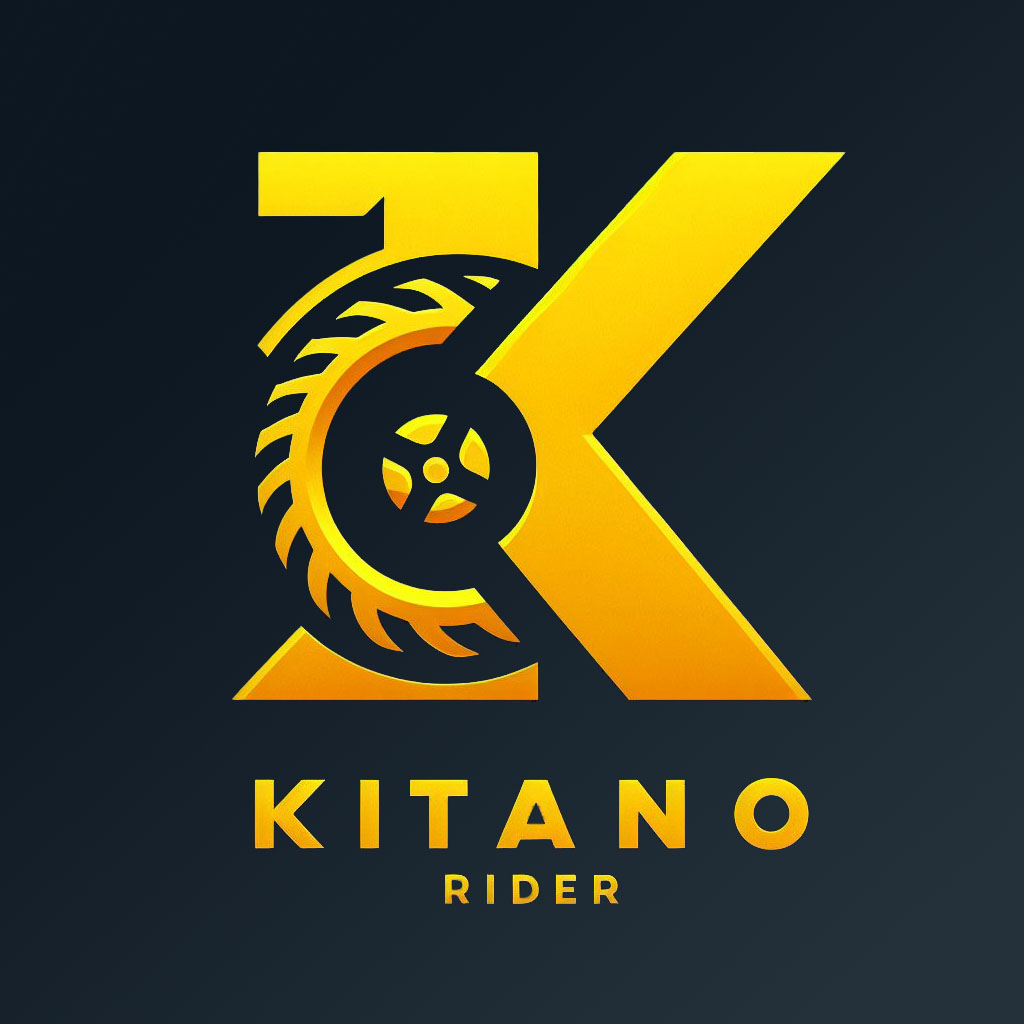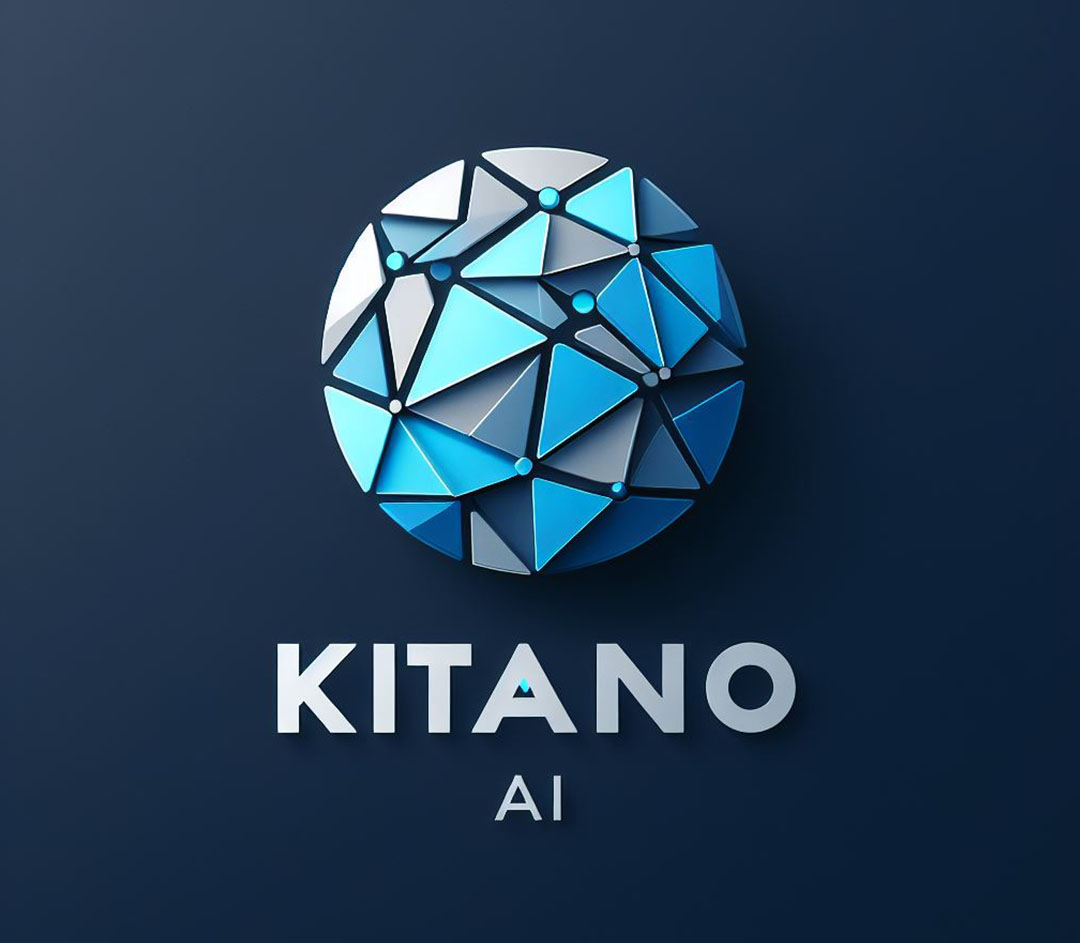Essential Expenses for Climbing Mount Kilimanjaro
Embark on an unforgettable adventure to the summit of Mount Kilimanjaro with our comprehensive guide to climbing costs. Discovering the essential expenses for conquering Africa's highest peak is crucial for effective trip planning. From permits and park fees to accommodations and gear, our expertly crafted content provides valuable insights to ensure you're fully prepared for the journey ahead.
Cost of Guides and Porters
One of the significant expenses when climbing Kilimanjaro is the cost of hiring guides and porters. These individuals play a crucial role in assisting climbers throughout the journey, ensuring their safety and well-being. The expenses associated with permits, accommodations, and equipment for trekking are also included in the overall cost. Guides are knowledgeable about the mountain and its challenges, providing valuable information and support to climbers. They are trained in first aid and emergency procedures, ensuring that climbers are well taken care of in case of any unforeseen circumstances. Porters, on the other hand, are responsible for carrying the necessary equipment and supplies, allowing climbers to focus on the climb itself. They are an integral part of the team, lightening the load and making the journey more manageable.Permits and Park Fees
Permits are a significant cost when climbing Kilimanjaro. These permits are required to access the mountain and are issued by the Kilimanjaro National Park. The fees associated with these permits contribute to the conservation efforts and maintenance of the park. In addition to permits, climbers are also required to pay park fees. These fees cover the cost of park entry, camping, rescue services, and environmental conservation. It is important to note that these fees are essential for the preservation of the natural beauty of Kilimanjaro and ensure a sustainable future for generations to come.Accommodations on the Mountain
The cost of climbing Kilimanjaro includes expenses for accommodations. These accommodations are necessary for a successful climb, providing climbers with a place to rest and rejuvenate after a long day of trekking. On the mountain, climbers stay in designated campsites or huts. These accommodations offer basic facilities such as sleeping areas, dining areas, and restroom facilities. While they may not be luxurious, they provide the necessary comfort and shelter needed during the climb. It is important to note that the cost of accommodations varies depending on the level of comfort and services provided. Some climbers may opt for more luxurious options, while others may choose more budget-friendly alternatives. Regardless of the choice, accommodations are an essential component of the overall cost of climbing Kilimanjaro.Equipment and Gear
Another expense to consider when climbing Kilimanjaro is the cost of equipment and gear. Proper equipment is essential to ensure the safety and comfort of climbers throughout the journey. Expenses for permits, guides, and accommodations during the trek should also be taken into account. Climbers need to invest in quality gear such as hiking boots, warm clothing, sleeping bags, and backpacks. It is crucial to have the right equipment to withstand the challenging weather conditions and terrain of Kilimanjaro. While the initial cost of acquiring this equipment may seem high, it is a worthwhile investment for a successful and enjoyable climb. It is also important to consider renting or borrowing gear if purchasing is not feasible.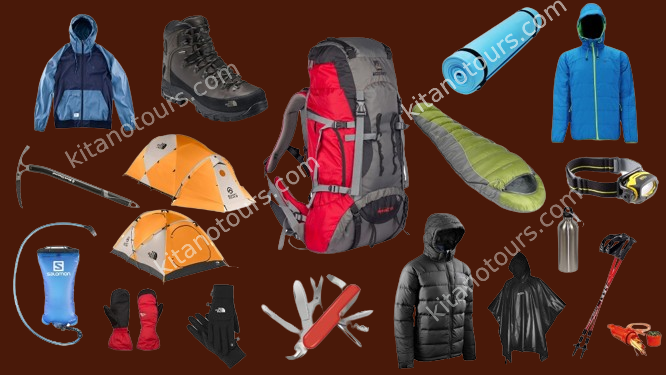
Routes & Itineraries
Common Trekking Routes to get to the summit of Mt. KilimanjaroTo get to Uhuru Peak there are several routes and itineraries to choose from:
Marangu Route: The most popular but very crowded one is the5-6 day Marangu route (often referred to as “Coca Cola” route) with 64km where you can sleep in basic huts. Though you don't need to camp those huts are anything but luxurious as you get to sleep in huge dorms together with many trekkers
Rongai Route: often described as the hardest the 65km long Rongai route is the only one which approaches Kilimanjaro from the north and takes 6 days
Machame Route: this is the second most popular route and takes usually7 days. The route is 49km long, approaches the mountain from the West and offers some beautiful panoramic views
Lemosho Route: I decided to take on the Lemosho route which is 56 kilometers long and takes altogether 8 days
